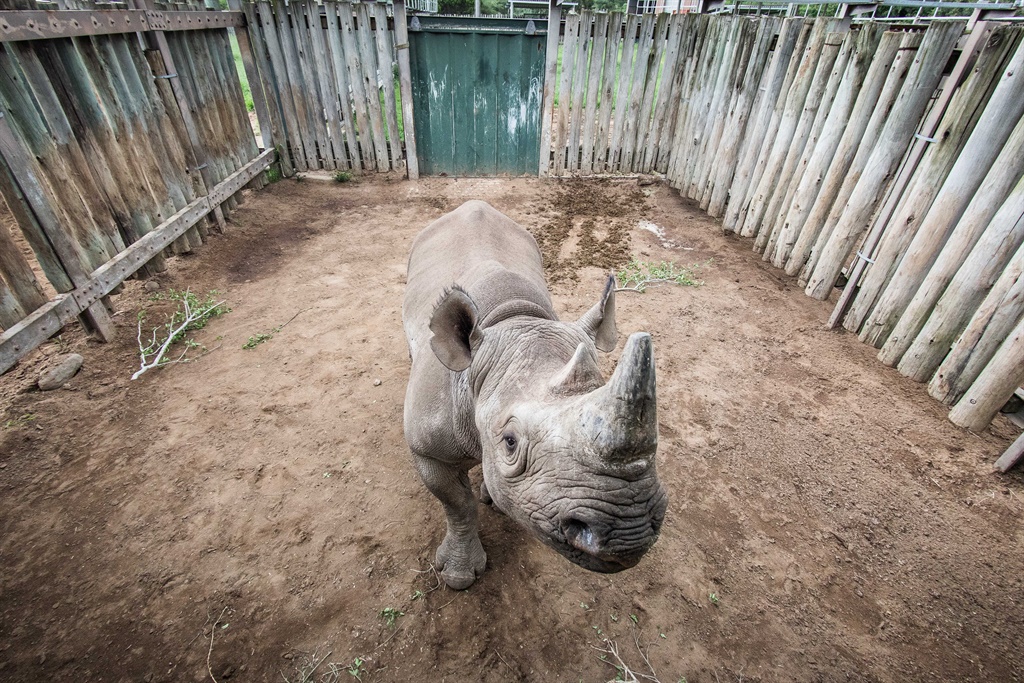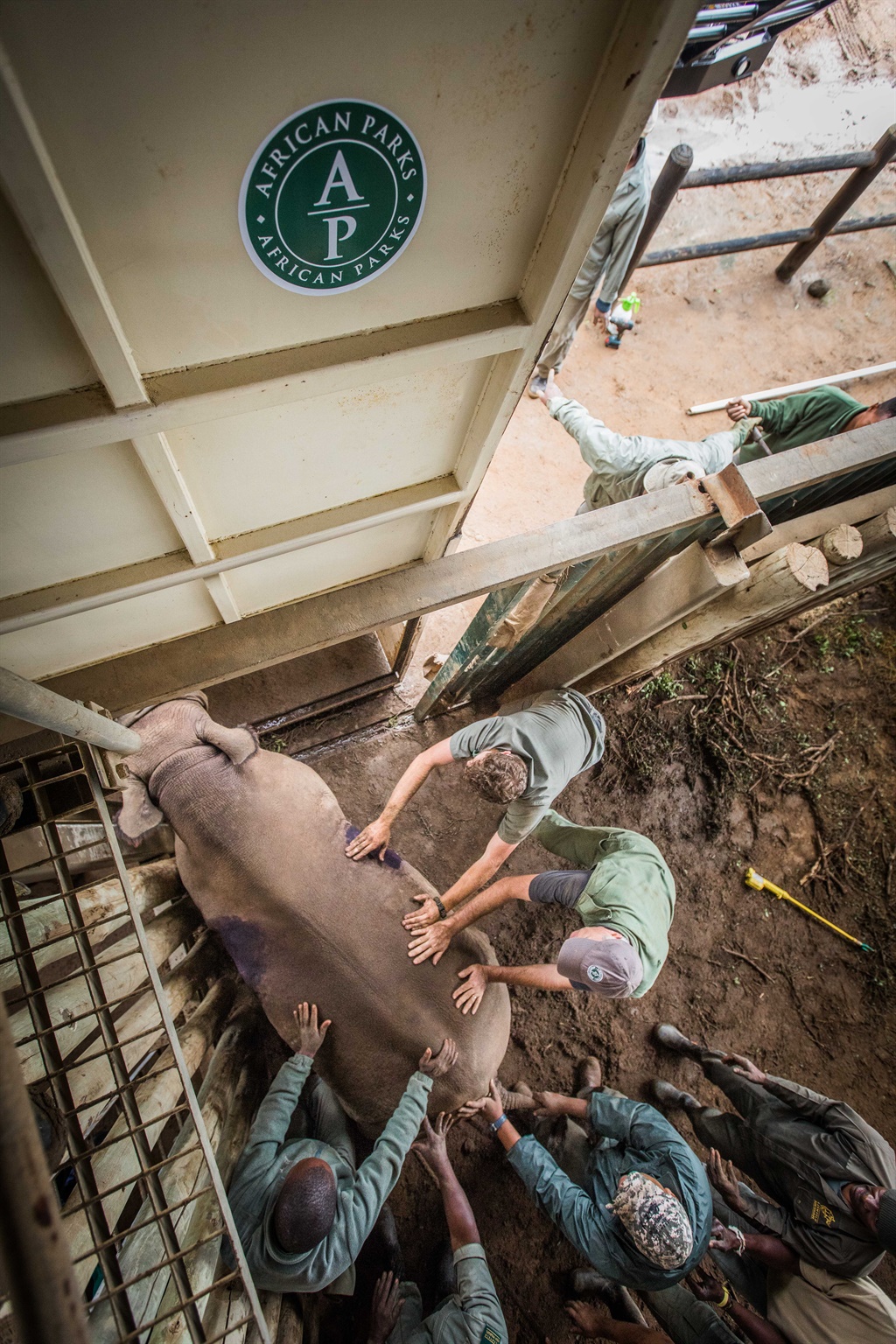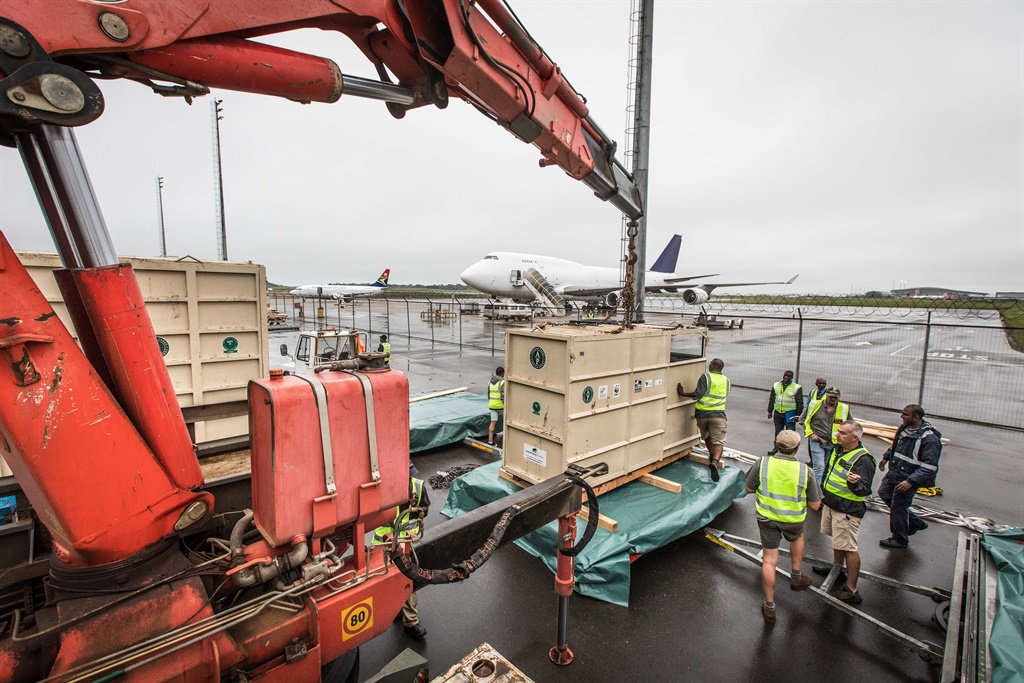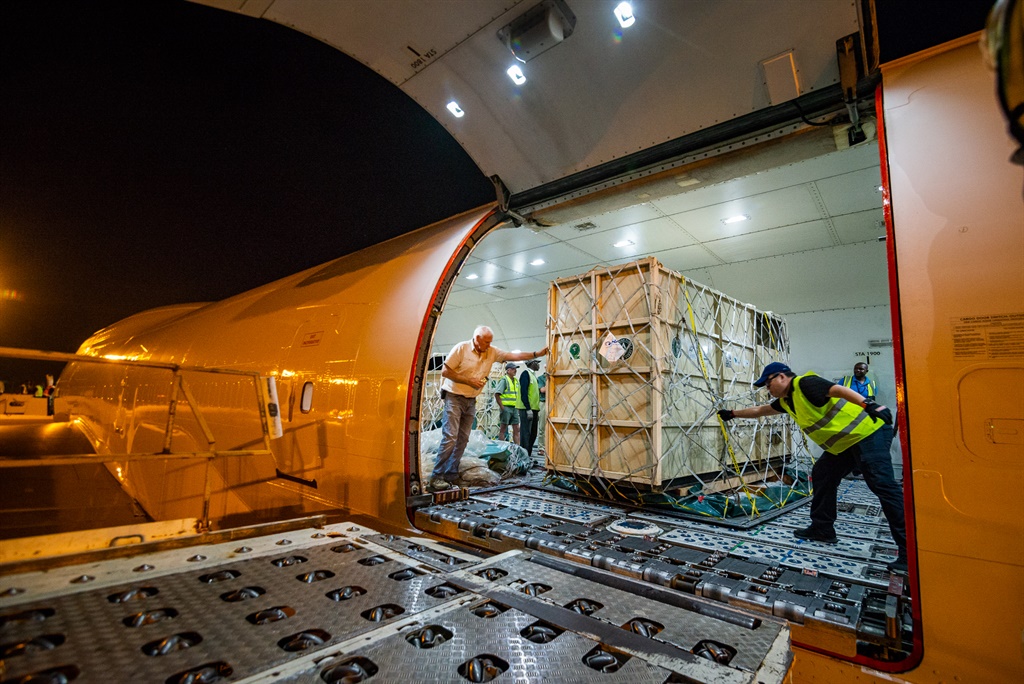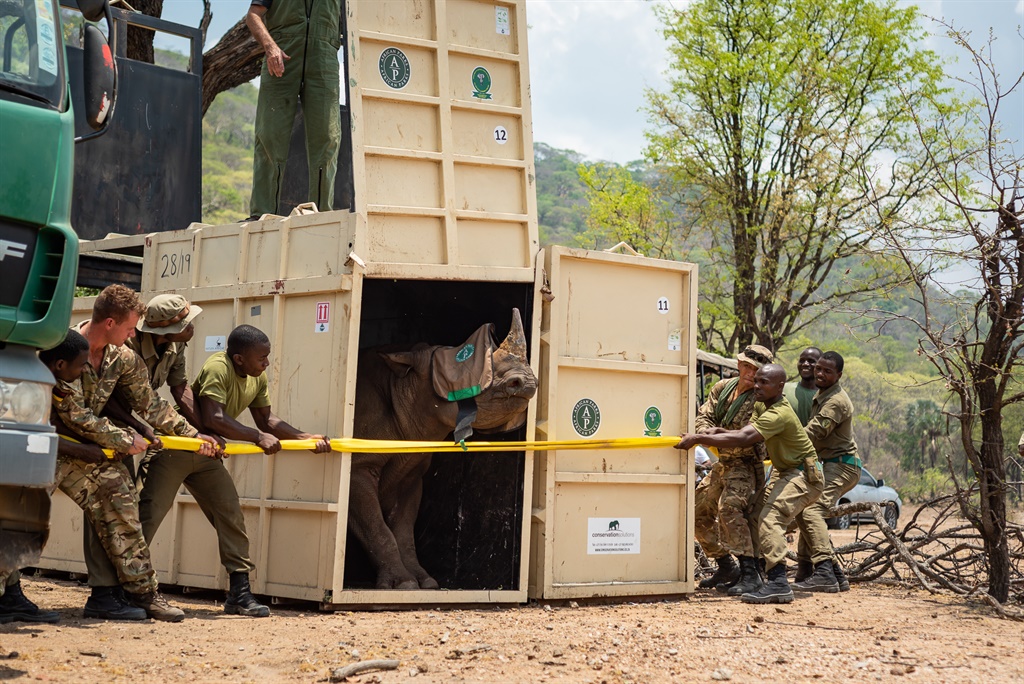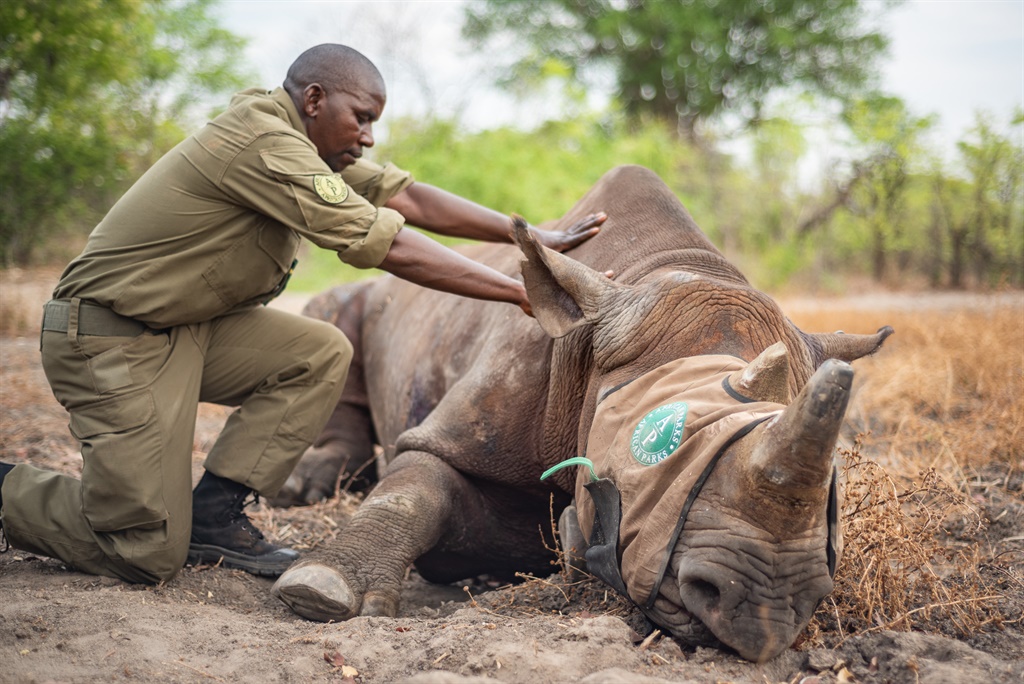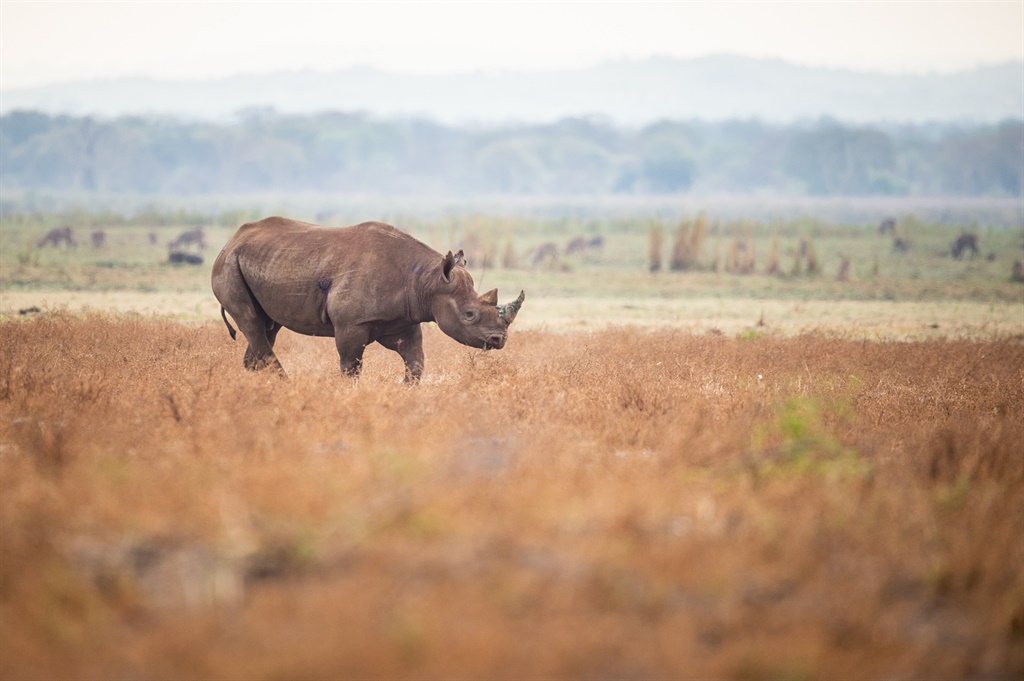After decades of absence, Tanzania welcomes re-introduction of rare eastern black rhinos
2019-09-16 11:45 - By Adam Cruise
In the 1970s and 1980s, Tanzania experienced an unparalleled poaching crisis that saw their entire rhinoceros population plummet by 99%.
The eastern black rhinoceros (Diceros bicornis michaeli), once common throughout East Africa, is distinguishable from black rhinoceros (Diceros bicornis), common in southern Africa, by having longer, leaner, and more curved horns and grooved skin. As one of the rarest large mammals on the planet, the eastern black rhinoceros is now described on the IUCN RedList as ‘Critically Endangered’. Only a few hundred individuals throughout the entire East African region now remain.
Fortunately, during the height of the poaching crisis and in an effort to safeguard the species from extinction, some rhino were translocated to safe havens outside Tanzania. A few went to zoos and breeding sanctuaries in Europe and the United States while a larger group of around sixty were sent to Addo Elephant Park in South Africa.
Back then, the hope was to preserve their genetic diversity by not inter-breeding them with the southern species. The idea was that someday, once the poaching situation had been brought under control, these rhinos would eventually be returned to Tanzania.
More than forty years later, that day finally arrived.
A New Day Dawns
In the early hours of a rainy Tuesday 10th September, Tanzania welcomed back nine eastern black rhino offspring from the sixty that were originally sent to South Africa. All nine individuals were chosen on the basis of their genetic robustness, having over a 95% of their subspecies’ hereditary composition.
The ambitious million-dollar operation saw the rhino transported in specifically custom-built crates from South Africa to Kilimanjaro on an air-conditioned 747 cargo plane. The breeding nucleus comprised of two bull calves and their mothers, three other adult cows and two large bulls. They were accompanied by a team of highly experienced veterinarians, wildlife translocators and a rhino behaviour specialist who constantly monitored their condition and well-being during the 36-hour journey.
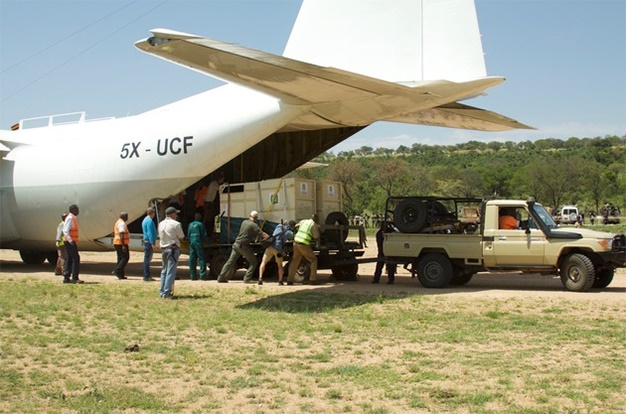
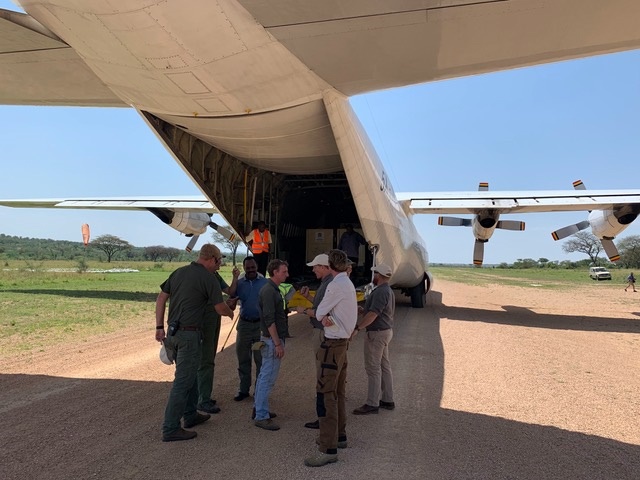
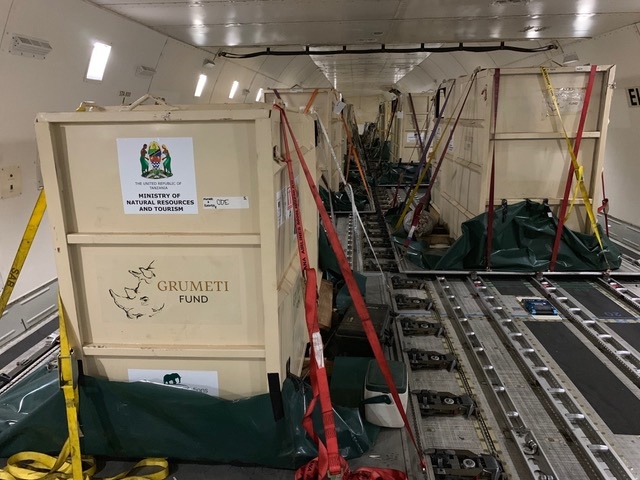 (Photos: Adam Cruise)
(Photos: Adam Cruise)
On arrival at Kilimanjaro International Airport, the rhinos were officially welcomed by Tanzania’s Minister of Environment, January Makamba. In a short ceremony, the minister thanked South Africa for its care of the rhino and welcomed the return of the progeny – a group that will effectively boost Tanzania’s eastern black rhino population by a full 10%.
At Kilimanjaro, the rhinos were reloaded into a smaller C130 Hercules cargo plane for the hour-long flight to a dusty airstrip in the far western Serengeti. They were flown there in two batches before being transferred by trucks to their temporary enclosures on the banks of the Grumeti River. Here, for the next two months, the rhino will be under constant supervision and acclimatized until their eventual release into the wider ecosystem.
Forging a long-term public-private-community partnership
The protracted relocation and rehabilitation project is the brainchild of the Tanzanian Wildlife Management Authority (TAWA) in partnership with the Grumeti Fund, which manages the area and plays a crucial role in the protection of the core areas of the western Serengeti.
“The success of the rhino re-establishment project,” explains Stephen Cunliffe, Executive Director of the Grumeti Fund, “has been built upon a policy of collaboration and a shared common vision between government and private stakeholders. The area has long been considered an ideal natural habitat for black rhinos and decades of planning have gone into preparing the rhinos for re-introduction back into this ecosystem.”
Part of the collaboration meant that a strong anti-poaching presence in the area had to first be established. Cunliffe says that TAWA together with the Grumeti Fund anti-poaching units have “achieved considerable success in curbing poaching that ultimately has led to dramatic increases in other wildlife population numbers.”
Thanks to these successful anti-poaching measures, the Grumeti, already a pivotal loacale in the annual wildebeest migration, has experienced a more than fourfold increase in elephant populations and tenfold increase in buffalo numbers. Lions too have made a significant comeback placing the Grumeti as one of the finest destinations in Africa to view and photograph wildlife.
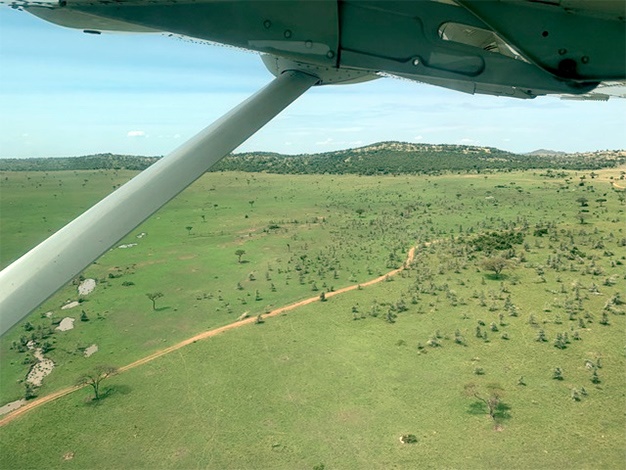
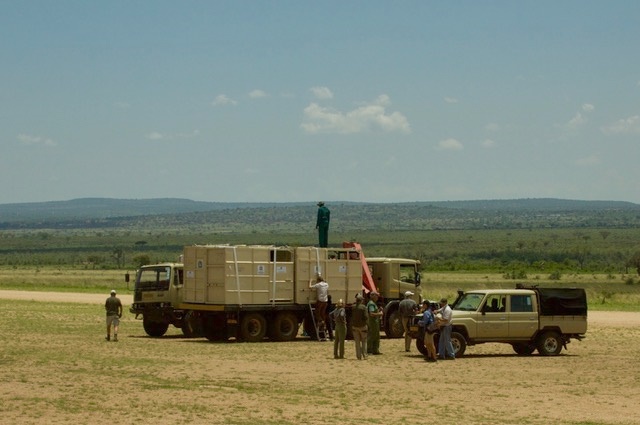 (Photos: Adam Cruise)
(Photos: Adam Cruise)
Wesley Gold, head of the anti-poaching unit in the Serengeti, said that since 2003 Grumeti has enjoyed very low incidences of poaching. “We definitely have a handle on the situation here,” he said, “these rhinos are in the safest hands possible.” From the moment they touched down, the rhinos have been provided with round-the-clock protection by heavily armed rangers.
It is little wonder then that luxury safari companies like Singita have taken advantage of the teeming wildlife and the protected pristine landscape. Many of their guests have been eager to contribute to Grumeti Fund’s process that not only has seen the establishment of projects such as rhino repopulation but also to form close working relationships with nearby communities in their capacity building and conservation development. The return of the rhinos is designed to further enhance the tourism potential as well as community development.
“It is extremely important for us that these rhinos have come back,” says Makuru Rugatiri, who grew up in a village on the boundary of the protected area and who has been working as a Section Manager at the Grumeti Fund for the past fifteen years. “Many people here have grown up without ever seeing a rhino. Rhinos were once part of who we were as Tanzanians. Now, thanks to their return, we can once again be proud of our natural heritage".
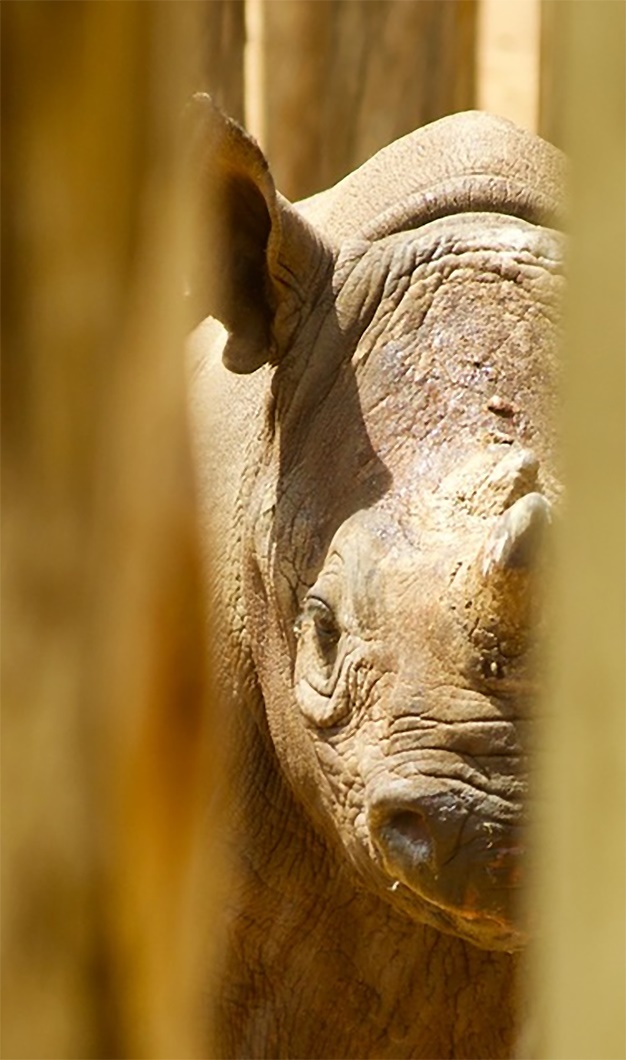 (Photo: Adam Cruise)
(Photo: Adam Cruise)






